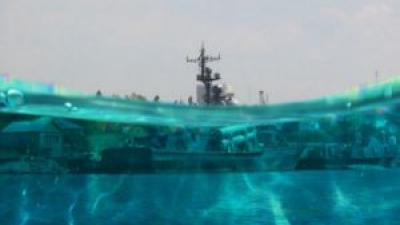The 10 most devastating tsunamis ever
|
NEWS
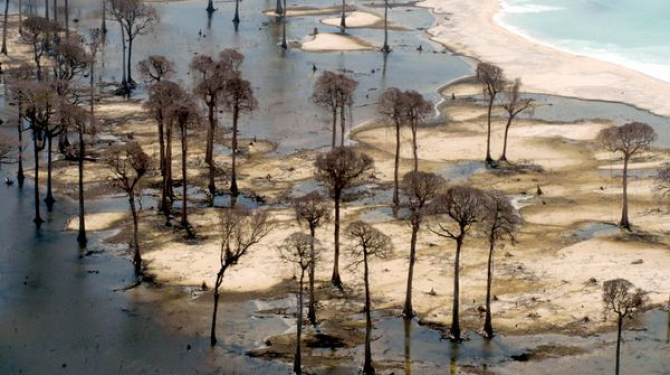
Source: listas.20minutos.es
HELLO EVERYONE, AS YOU CAN GIVE ACCOUNT THERE ARE MANY NATURAL PHENOMENA ON OUR PLANET, THAT CAUSE A LOT OF DISASTER, SO THAT HERE I LEAVE SOME OF THOSE WHO HAVE MARKED THE HISTORY OF THE WORLD, AND THE TSUNAMIS, WHO HAVE MADE MORE DISASTER, WHAT IS SO IMPORTANT TO TAKE CARE OF OUR PLANET ?, GOOD HERE I LEAVE YOU, BALANCES AND LOL.
TOP 10:
The Earthquake and Tsunami in Java, 2006.
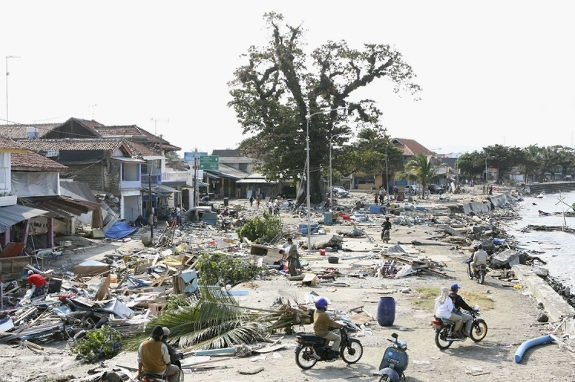
On July 17, 2006, the sea floor near Java, Indonesia was shaken by an earthquake of magnitude 7.7. The 7-meter high tsunami hit the coast of Indonesia, including a 150-kilometer stretch of Java that had been fortunate to be unharmed by the 2004 tsunami. The waves penetrated more than a kilometer inland, reaching the level of the buildings in places like Pangandaran beach. In total, at least 668 people lost their lives, 65 were declared missing and more than 9,000 people required medical treatment for injuries suffered in the wake of the earthquake and tsunami.
TOP 9:
The Earthquake and Tsunami of Papua New Guinea, 1998.
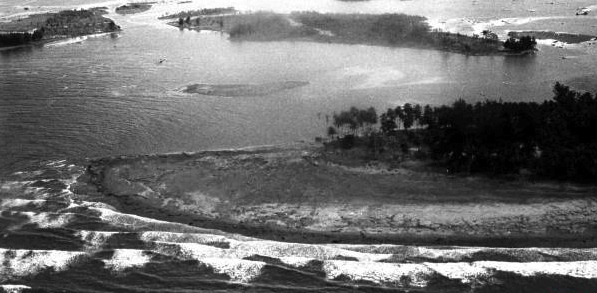
The 7.0 magnitude earthquake that shook the north coast of Papua New Guinea on July 17, 1998, was not expected to cause such a devastating tsunami, however, the earthquake caused a large submarine collapse, which in turn generated waves up to 15 meters high and an average of 10 meters high. When the tsunami hit the coast, it caused at least 2,183 deaths, more than 500 people missing and about 10,000 inhabitants left homeless. Many villages were badly damaged, while others, such as Arop and Warapu, were completely destroyed. If a single positive thing can be extracted from the catastrophe, it was that it gave scientists valuable information about the threat of underwater landslides and the unexpected tsunamis they can cause, hopefully this information will save lives in the future.
TOP 8:
The Hokkaido Earthquake and Tsunami, 1993.
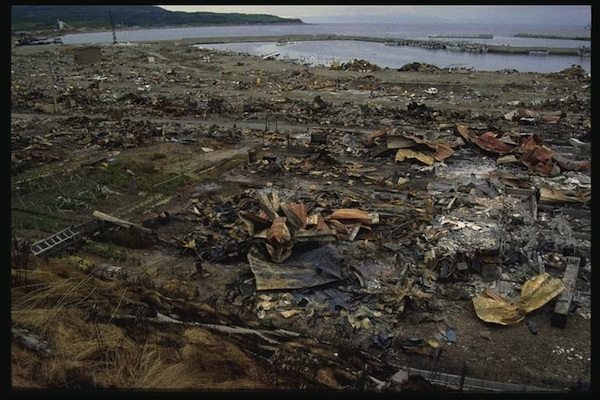
On July 12, 1993, an earthquake of magnitude 7.8 split the earth 80 miles off the coast of Hokkaido, Japan. The Japanese authorities responded quickly, issuing a tsunami warning, but the small island of Okushiri was far from being helped. Only a few minutes after the earthquake, the island was bombarded by giant waves, some of which reached a staggering 30 meters high. It was too much for the tsunami barriers placed on the island and certain areas were hit by multiple waves. The earthquake claimed 197 victims and the tsunami 250 inhabitants of Okushiri (Hokkaido and southeastern Russia were also affected), although many lives were saved, thanks to the memories of the 1983 tsunami that affected the island 10 years earlier, which caused a faster evacuation.
TOP 7:
The Earthquake and Tsunami of Tumaco, 1979.
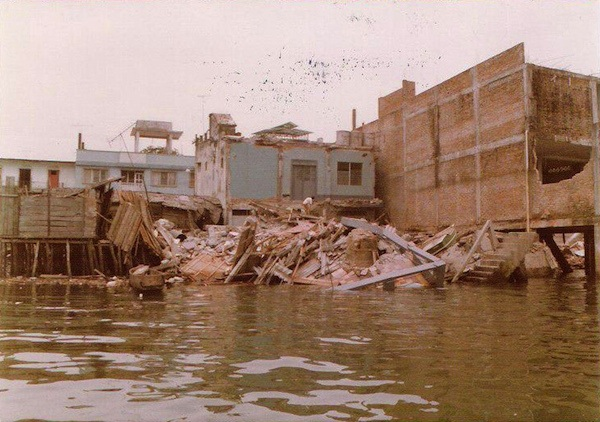
A few seconds before 8:00 am on December 12, 1979, an earthquake with a magnitude of 7.9 began to make noise in front of Colombia and the Pacific coast of Ecuador. The tsunami that followed swept six fishing villages and destroyed much of the city of Tumaco, as well as several other cities along the Colombian coast. In total, 259 people died, while 798 were injured and 95 disappeared.
TOP 6:
The Alaska Earthquake and Tsunami, 1964.
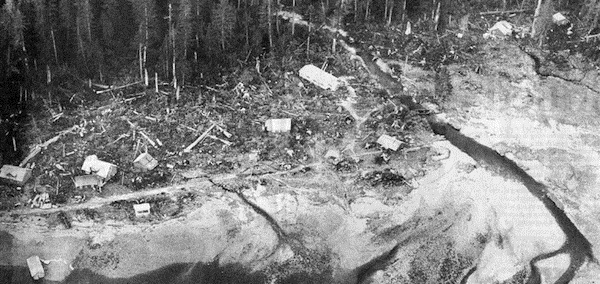
March 27, 1964 was Good Friday, but the day of Christian worship was interrupted by an earthquake of 9.2 magnitude (the most violent ever recorded in American history). The resulting tsunami devastated the western coast of North America, causing the deaths of 121 people in places as distant as Alaska and California. The waves were recorded at heights of up to 30 meters and an 8-meter tsunami swept through the small town of Chenega in Alaska, killing 23 people. The quake also caused permanent changes in the geography of the region, with areas of the Alaska terrain falling to 2.4 meters.
TOP 5:
The earthquake and tsunami of Samoa, 2009.
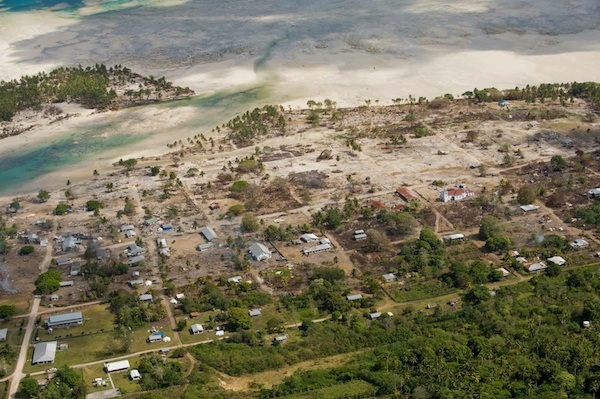
On September 29, 2009, the island of Samoa experienced an earthquake of magnitude 8.1 near 7:00 am. The waves of the resulting tsunami reached up to 14 meters, at their highest level, they traveled up to a kilometer inland in some places, swallowing villages and causing great destruction. Samoa, Tonga and American Samoa recorded 189 wounded, many of them children, but the loss of more human lives was avoided thanks to the Pacific Tsunami Warning Center, which gave people time to evacuate to higher areas.
TOP 4:
The Earthquake and Tsunami of the Moro Gulf, 1976.
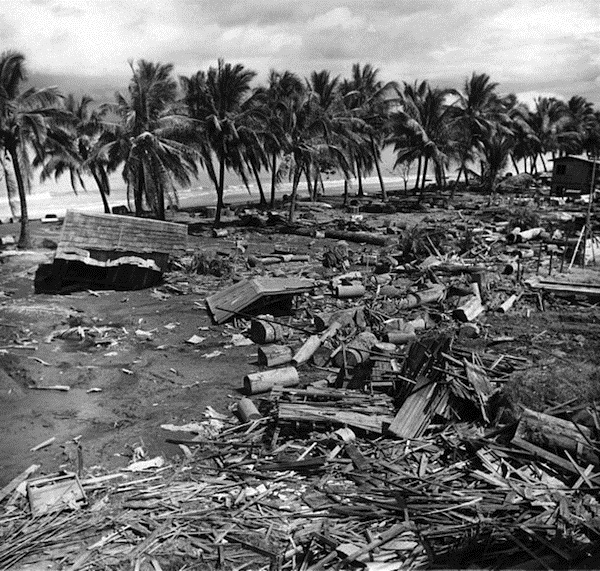
In the early hours of August 16, 1976, the small island of Mindanao in the Philippines was struck by an earthquake with a magnitude of at least 7.9. The earthquake caused a huge tsunami that destroyed more than 433 meters from the coast, where the inhabitants were unaware of the danger and the need to escape to higher ground. Thousands of victims were absorbed into the sea. In total, 5,000 people lost their lives, with another 2,200 missing, 9,500 injured and more than 90,000 inhabitants left homeless. Cities and provinces throughout the northern part of the Philippine Sea of the Philippines were devastated by the tsunami, with waves that reached a height of 5 meters. It is considered one of the worst natural disasters ever in that country.
TOP 3:
The Valdivia Earthquake and Tsunami
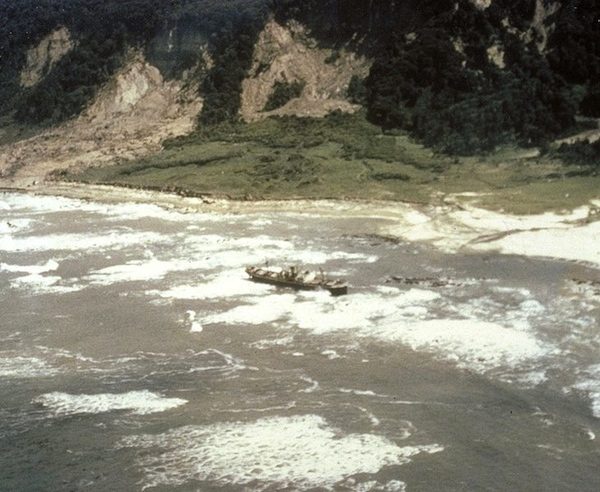
In 1960, the world experienced the strongest earthquake since it began recording these events. On May 22, the great earthquake in Chile (magnitude 9.5) began on the southern coast of central Chile, causing a volcanic eruption and a devastating tsunami. Waves up to 25 meters high hit the local areas, while the tsunami accelerated at full speed across the Pacific, with the first wave hitting in Hilo, Hawaii about 15 hours after the earthquake began, killing 61 people . Seven hours later, the waves hit Japan's shores, causing the death of 142 more people. It is estimated that up to 6,000 people lost their lives due to the earthquake and tsunami.
TOP 2:
The Tohoku Earthquake and Tsunami, 2011.
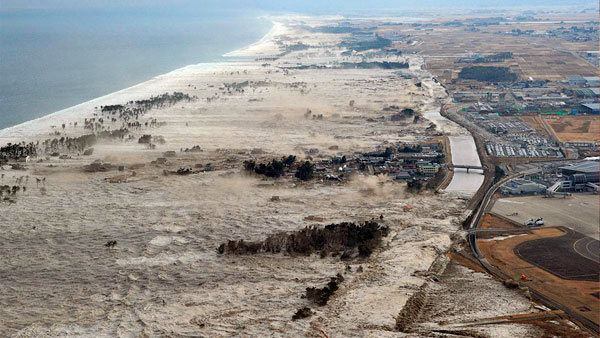
Although all tsunamis are dangerous, the tsunami that hit Tohuku, Japan, in 2011, could have the worst long-term consequences. On March 11, waves of 10 meters high were recorded, after an earthquake of magnitude 9.0, although some reports say that the waves reached up to 40 meters high, traveling almost 10 kilometers inland. About 125,000 buildings were damaged or destroyed, transport infrastructure was also hit hard. While the alarming number of 25,000 people dead or missing is terrible enough, the resulting tsunami also damaged the Fukushima nuclear power plant, causing a crisis and disaster at the highest level of the international Nuclear Events scale. All the consequences of this nuclear disaster are still unclear, but the radiation has been detected more than 300 kilometers from the plant.
TOP 1:
The Indian Ocean Earthquake and Tsunami, 2004.
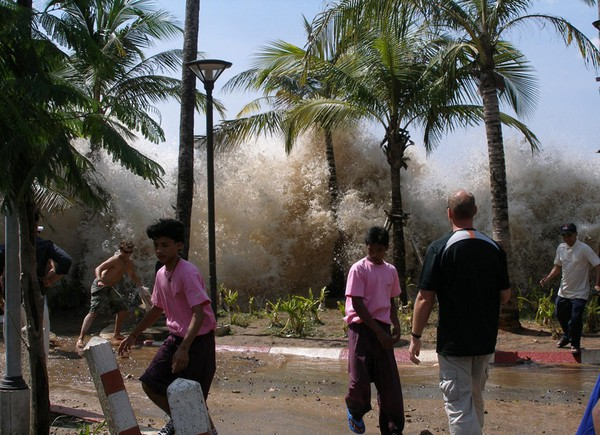
The world was surprised by the deadly tsunami that affected the countries surrounding the Indian Ocean in 2004, raising about $ 14 billion in humanitarian aid. The tsunami was the deadliest ever, with a terrible figure of 230,000 dead, affecting 14 countries (the most affected was Indonesia, followed by Sri Lanka, India and Thailand). The massive underwater earthquake had a magnitude of 9.3, and caused deadly waves that reached up to 30 meters high. The tsunamis flooded several coastal areas just 15 minutes later and lasted seven hours after the initial earthquake. Despite having hours to prepare for the impact of the waves in some places, the lack of a tsunami warning system in the Indian Ocean led to many densely populated coastal areas being taken by surprise. That said, some places were saved thanks to the contribution of local folklore, and even by the knowledge of children who had learned about tsunamis at school, factors that allowed people to recognize and act on early warning signs.












